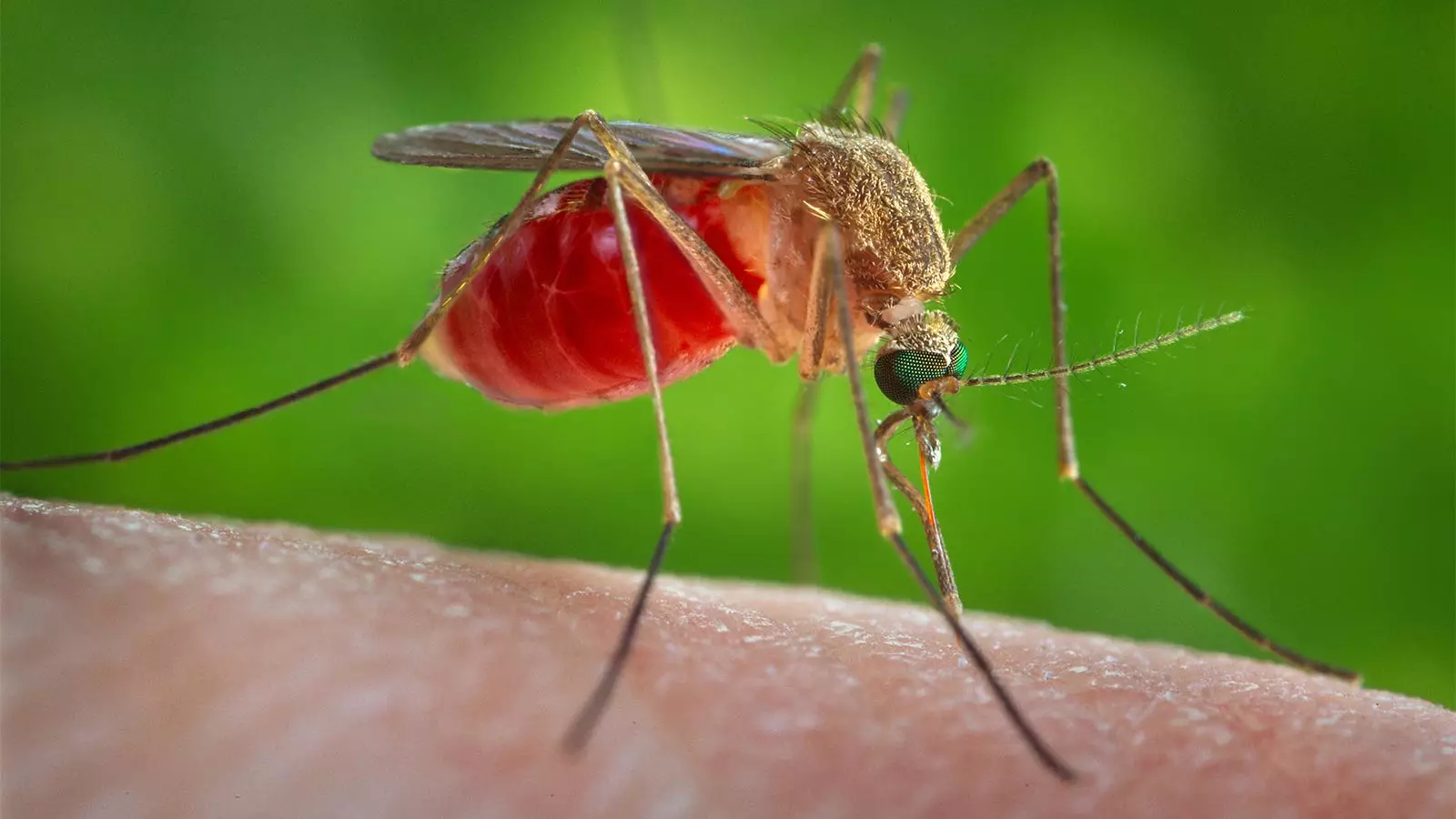The Oropouche virus, also known as sloth fever, was first identified in 1955 in a forest worker on the island of Trinidad. The virus is native to forested tropical areas and is transmitted by small biting flies called midges, as well as certain types of mosquitoes. Named after a nearby village and wetlands, Oropouche has been linked to outbreaks in South America and the Caribbean.
Humans typically contract the Oropouche virus while visiting forested regions, but there has been no evidence of person-to-person transmission. Nonetheless, infected individuals can unknowingly introduce the virus to urban areas and cities, where it can potentially cause outbreaks. The virus has been reported in Bolivia, Brazil, Colombia, Cuba, and Peru, with cases also cropping up in the United States and Europe among travelers returning from affected regions.
Symptoms of Oropouche virus are similar to other tropical diseases like dengue, Zika, and malaria. Common symptoms include fever, headaches, muscle aches, diarrhea, nausea, vomiting, and rash. Some patients may experience recurring symptoms, while severe cases can lead to bleeding, meningitis, and encephalitis. There is currently no vaccine to prevent Oropouche virus infections, nor is there a specific treatment available for its symptoms.
In Brazil, health officials are investigating reports of the Oropouche virus being transmitted from pregnant women to fetuses, raising concerns similar to those seen during the Zika outbreaks. The Centers for Disease Control and Prevention (CDC) has advised pregnant women to avoid non-essential travel to Cuba and recommended all travelers take precautions to prevent bug bites, such as using insect repellents and wearing protective clothing. While there have been no reported deaths in the United States, health officials are urging physicians to remain vigilant for potential cases in travelers returning from affected areas.
Overall, the Oropouche virus outbreak serves as a reminder of the importance of global surveillance and response to emerging infectious diseases. By understanding the origins, spread, symptoms, and potential risks associated with the virus, health authorities can better prepare and respond to future outbreaks effectively.


Leave a Reply